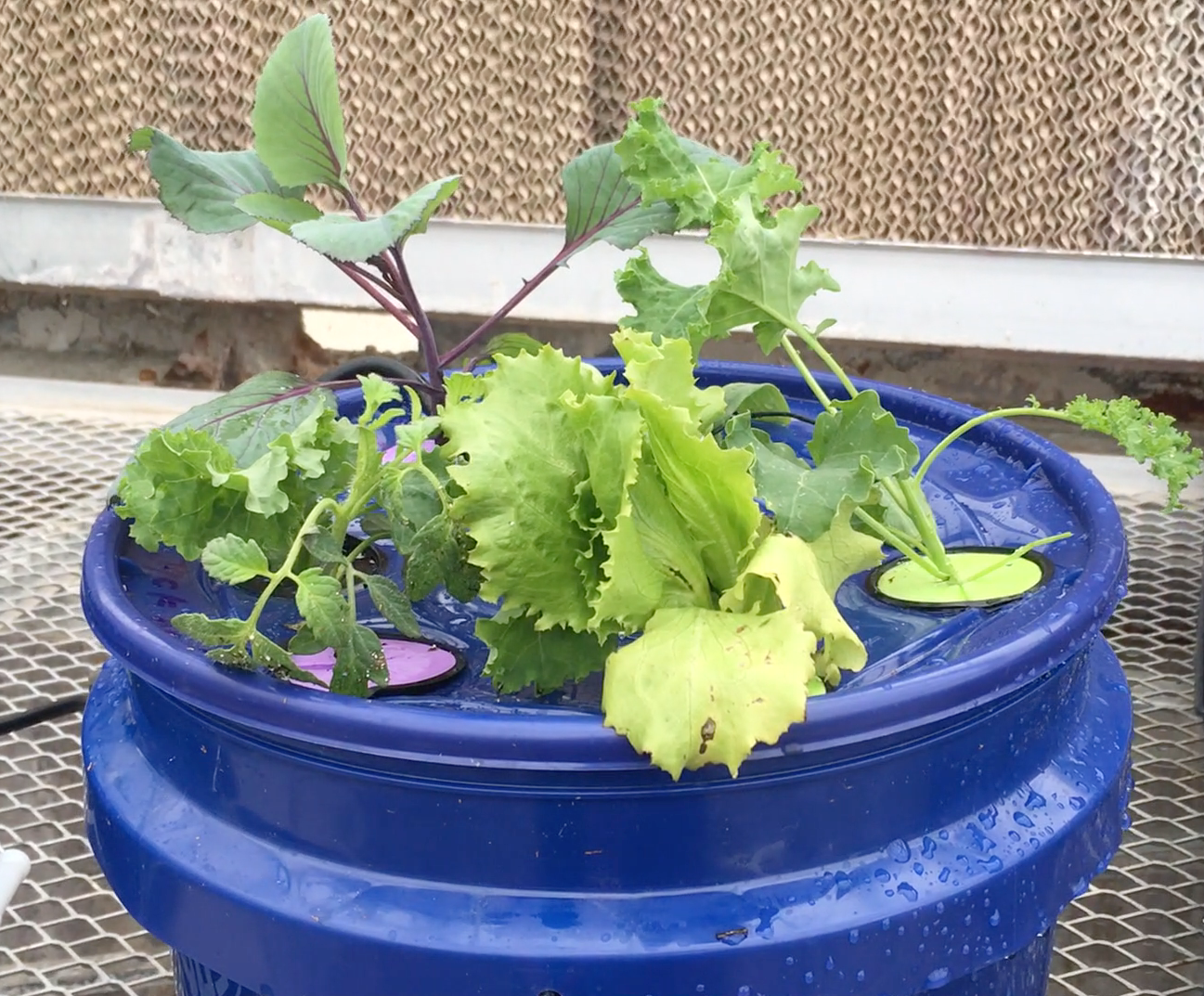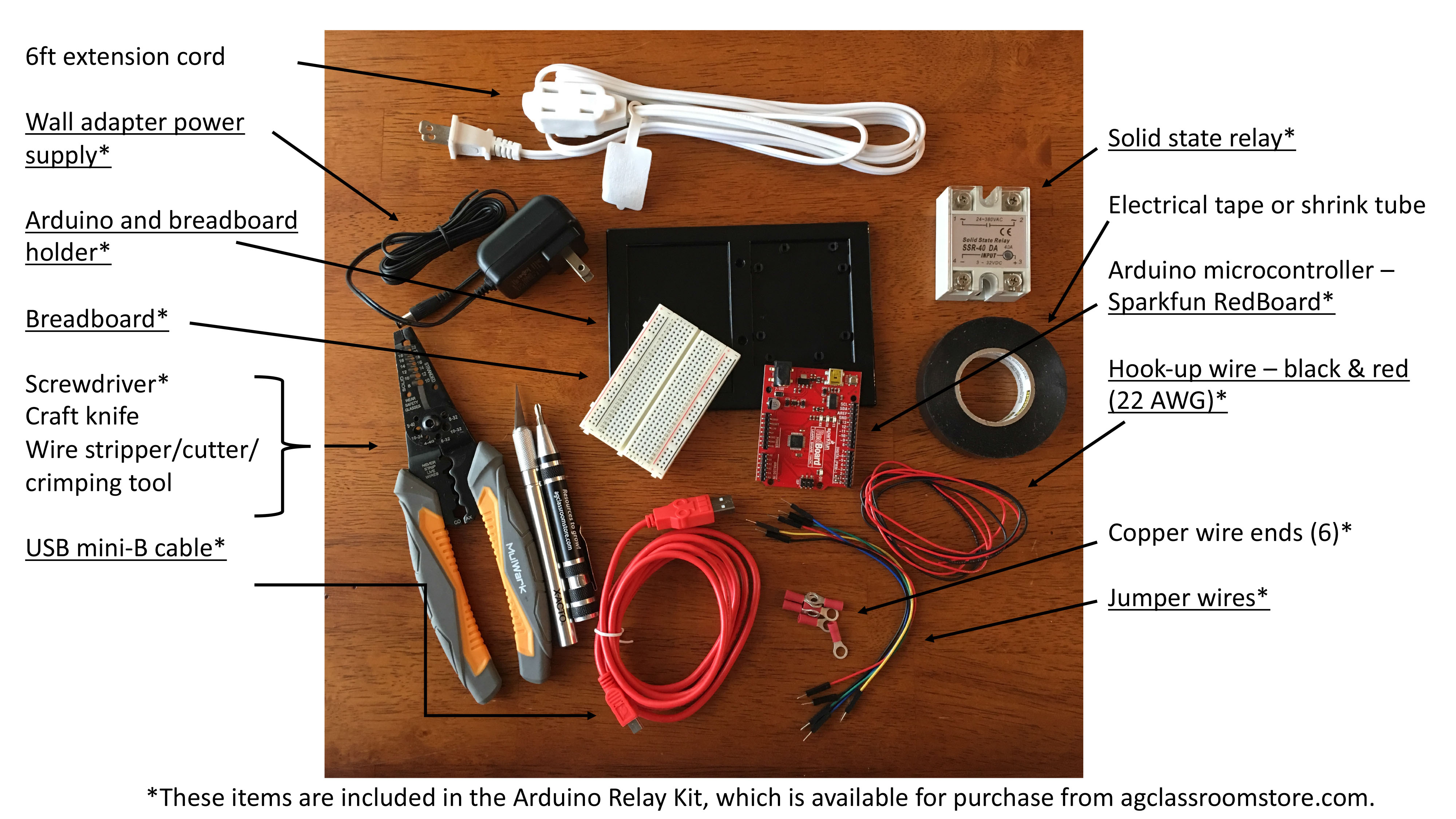Aeroponic Engineering and Vertical Farming (Grades 6-8)
Students will use the Engineering Design Process to develop and construct an aeroponic garden to grow a food crop. Students will develop and apply an understanding of plant anatomy and physiology related to plant growth and ultimately discuss the possibilities and limitations of using vertical farming to produce our food.

Background
Lesson Activities
Recommended Companion Resources
Credits
Author
Joe Furse and Andrea Gardner | National Center for Agricultural Literacy (NCAL)
Sources
Ag Facts:
- http://www.worldometers.info/water/
- Bugbee, B. (2013, November 19). Turning water into food. Retrieved from https://www.youtube.com/watch?v=qEbdv3bFKww
Background:
- http://aeroponicsdiy.com/aeroponics-misting-frequency-for-root-growth/
- http://www.aeroponics.com/siteindex2010-12.htm
- https://gardenpool.org/online-classes/how-to-make-a-simple-aeroponics-system
- The following link provides an example of a "5-gallon bucket Aeroponics system" that is the basis of the design challenge for this unit. https://gardenpool.org/online-classes/how-to-make-a-simple-5-gallon-bucket-aeroponics-system
- Garden Pool (n.d.) How to make a simple 5 gallon bucket aeroponics system. Retrieved from https://gardenpool.org/online-classes/how-to-make-a-simple-5-gallon-bucket-aeroponics-system
- Khokhar, T. (2017, March 22). Chart: Globally, 70% of fresh water is used for agriculture [Weblog comment]. Retrieved from https://blogs.worldbank.org/opendata/chart-globally-70-freshwater-used-agriculture
- Massie, L. (n.d.) Aeroponics misting frequency for root growth [Weblog comment]. Retrieved from http://aeroponicsdiy.com/aeroponics-misting-frequency-for-root-growth/
Standards
Nebraska Content Area Standards
-
Science 7.7 - Interdependent Relationships in Ecosystems
- SC.7.7.3.C: Evaluate competing design solutions using a systematic process to determine how well they meet the criteria and constraints of the problem.
- SC.7.7.3.D: Apply scientific principles to design a method for monitoring and increasing positive human impact on the environment.
-
Science 6.4 - Energy
- SC.6.4.1.B: Define the criteria and constraints of a design problem with sufficient precision to ensure a successful solution, taking into account relevant scientific principle and potential impacts on people and the natural environment that may limit possible solutions.

